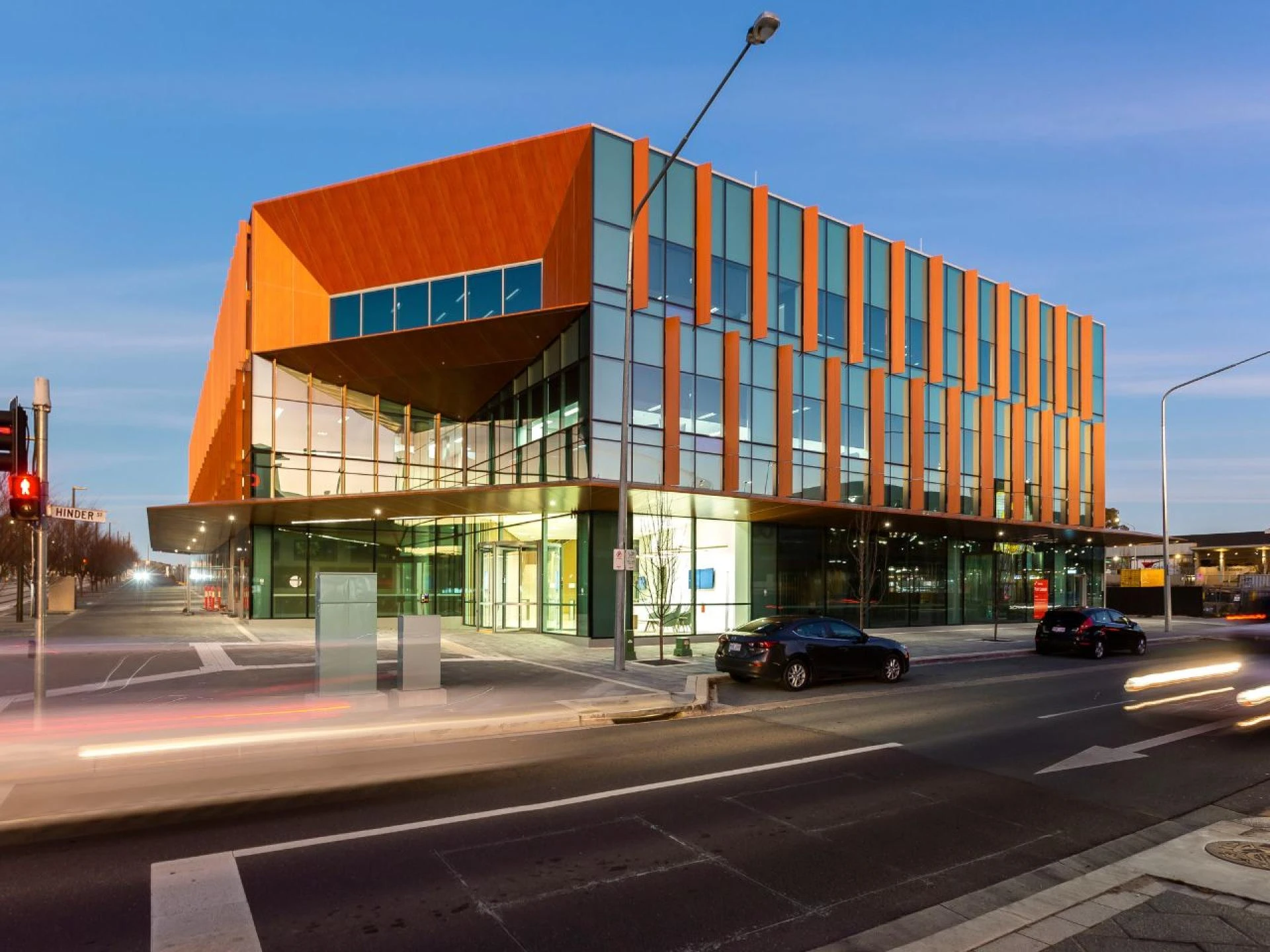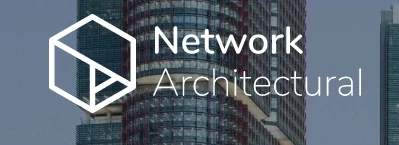This article delves intoaluminium cladding, which is an ideal choice to ensure structural safety and security!
Aluminium has long been a favoured material in construction due to its versatile properties, including durability, lightweight nature, and corrosion resistance. In recent years, its application in metal cladding has gained significant traction, offering both aesthetic appeal and functional benefits. However, the tragic Grenfell Tower fire in 2017 brought to light the critical importance of using fire-safe materials in cladding systems. This article explores how aluminium cladding contributes to making structures safe and secure, ensuring that such tragedies are not repeated.
The Appeal of Aluminium Cladding
Aluminium cladding is celebrated for its sleek, modern appearance and its ability to withstand harsh environmental conditions. Its lightweight nature reduces the structural load on buildings, making it an ideal choice for high-rise constructions. Additionally, aluminium's malleability allows for creative architectural designs, enhancing the visual appeal of buildings. These features, combined with its relatively low maintenance requirements, make aluminium an attractive option for both commercial and residential properties.
Fire Safety Concerns and Standards
The Grenfell Tower tragedy underscored the dire consequences of using combustible materials in cladding systems. The rapid spread of the fire was attributed to the polyethylene core within the aluminium composite panels used on the tower. In response to this disaster, building regulations worldwide have been scrutinised and updated to prioritise fire safety.
Modern standards for aluminium cladding now emphasise the use of non-combustible or fire-resistant materials. Aluminium itself is non-combustible, but when used in composite panels, the core material becomes crucial. Alternatives such as mineral-filled cores or other non-combustible materials have been developed to replace flammable cores, significantly enhancing fire safety.
Advances in Aluminium Cladding Technology
To prevent future tragedies, significant advancements have been made in aluminium cladding technology. Manufacturers are now producing cladding systems that comply with stringent fire safety standards. These systems include fire-resistant aluminium composite materials (ACMs) and solid aluminium panels that do not contribute to fire spread.
Innovations such as fire barriers and improved installation techniques also play a critical role. Fire barriers are installed between cladding panels to prevent the spread of flames and smoke. Proper installation ensures that these barriers function effectively, providing an additional layer of protection.
Regulatory Frameworks and Compliance
Governments and regulatory bodies have introduced stricter guidelines and testing procedures for cladding materials. Building owners and contractors must adhere to these regulations to ensure the safety of occupants. This involves selecting certified materials, following best practices in installation, and conducting regular inspections and maintenance. Compliance with these standards is not only a legal obligation but also a moral imperative to prevent loss of life and property.
The Role of Education and Training
Ensuring the safety and security of buildings with aluminium cladding goes beyond material selection and regulatory compliance. Education and training for architects, builders, and maintenance personnel are crucial. Understanding the properties of materials, the importance of proper installation, and the implementation of fire safety measures can significantly reduce risks.
Organizations and industry bodies offer training programs and certifications to keep professionals updated on the latest advancements and safety practices. These initiatives foster a culture of safety and responsibility within the construction industry.
Summing up, aluminium cladding, when used responsibly and in compliance with updated fire safety standards, can significantly enhance the safety and security of structures. The lessons learned from the Grenfell Tower tragedy have driven technological advancements and stricter regulations, ensuring that such an incident does not recur. By prioritising non-combustible materials, adhering to stringent regulatory frameworks, and promoting education and training, the construction industry can build safer and more resilient structures. Aluminium cladding, with its blend of aesthetic appeal and functional benefits, remains a viable and safe choice for modern architecture, provided that safety remains at the forefront of its application.



